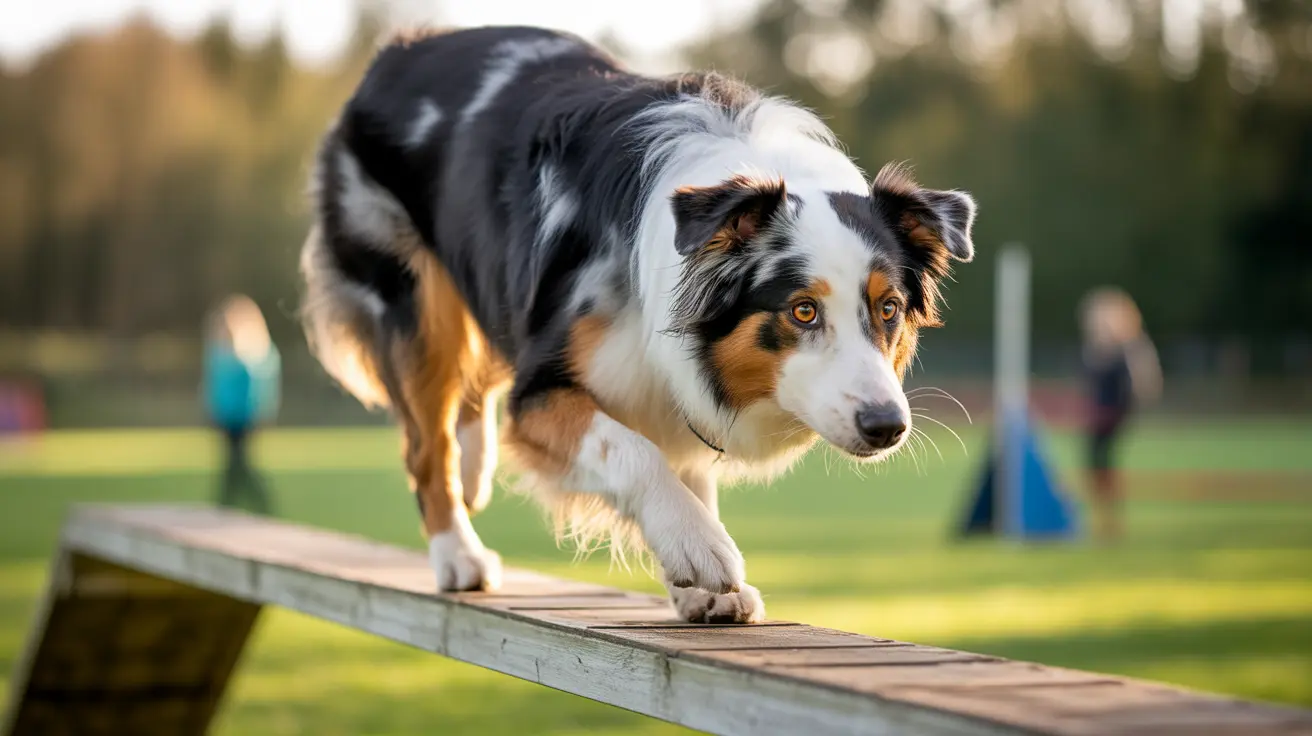When Is a Dog Considered Old? Understanding Senior Canines
As beloved companions, dogs share many stages of life with us—from playful puppyhood to the slower, gentler days of old age. But
what age is considered old for a dog? The answer varies based on the dog's size and breed, as well as individual health and lifestyle factors.
Understanding Aging in Dogs by Size
A dog's aging process is influenced significantly by their size:
- Small breeds (under 20 pounds) – typically considered senior at 7 to 10 years old.
- Medium-sized breeds (20–50 pounds) – often become seniors around 7 years.
- Large and giant breeds (over 50 pounds) – may be considered old as early as 5 to 6 years.
These are guidelines, not fixed numbers. A small dog may live well past 15, while a large breed's lifespan might seldom exceed a decade.
Physical Signs of Aging
As dogs age, their bodies undergo visible and internal transformations. Typical signs include:
- Graying of the fur – especially around the muzzle and face.
- Thinning of the coat – reduced density or sheen.
- Hearing and vision decline – cloudy eyes, startled reactions, or difficulty navigating at night.
- Eye diseases like cataracts – some treatable, others causing permanent vision loss.
Mental and Behavioral Changes
Cognitive and emotional shifts are common in senior dogs:
- Increased irritability or withdrawal.
- Disinterest in play or human interaction.
- Changes in sleep patterns – more daytime sleep, restlessness at night.
- Cognitive dysfunction – also known as dog dementia, involves confusion, anxiety, and memory loss.
Physical Health and Mobility Decline
The body’s wear and tear becomes more apparent:
- Fluctuations in weight – linked to metabolism changes or illness.
- Joint stiffness and arthritis – making stairs or long walks difficult.
- Reduced mobility – often requiring routine adjustments like shorter walks or supportive bedding.
Maintaining a healthy weight and gentle activity is key to preserving mobility.
Dental and Digestive Changes
Aging can also take a toll on a dog's mouth and stomach:
- Gum disease and tooth loss – causing discomfort and difficulty eating.
- Bad breath – often a sign of dental infection.
- Digestive issues – including vomiting, constipation, or changes in appetite.
Daily brushing and regular dental exams help avoid oral health decline.
Other Common Health Concerns in Senior Dogs
Aging dogs may also struggle with:
- Skin and coat problems – dryness, lumps, or infections.
- Temperature sensitivity – they may feel cold or overheat faster.
- Incontinence – accidents in the house may increase.
While some changes are manageable, others may signal a bigger issue.
Serious Warning Signs to Watch For
Prompt veterinary attention is essential for the following symptoms:
- Sudden appetite loss
- Sudden or rapid weight loss
- Persistent vomiting or diarrhea
- Difficulty breathing
- Seizures or neurological symptoms
These may indicate underlying illnesses requiring immediate care.
Improving Quality of Life for Older Dogs
As your dog ages, proactive care can make all the difference. Tips include:
- Regular veterinary checkups – ideally every six months.
- Pain management – medications or therapies for arthritis or chronic issues.
- Supportive home adaptations – ramps, orthopedic beds, or non-slip mats.
- Tailored diet and supplements – to support joints, digestion, and energy.
- Daily mental stimulation – treat puzzles, gentle training, or scent games.
Keeping an eye on behavior, energy levels, and appetite will help you decide when to consult a vet about care adjustments or end-of-life decisions.
Conclusion
While aging is inevitable, knowing
when a dog is considered old—and how to recognize the signs—empowers pet owners to provide compassionate and effective care. With attentiveness and love, senior dogs can enjoy comfort, joy, and dignity in their golden years.





